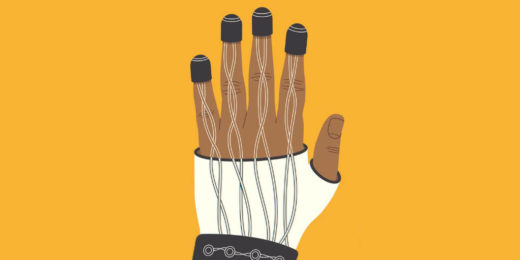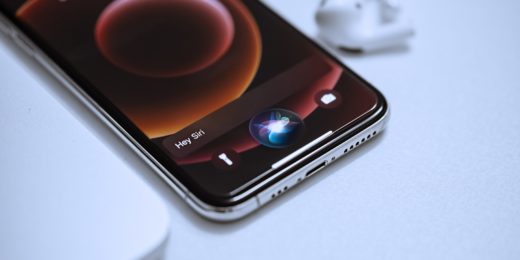Sometimes, a simple touch can say more than a carefully crafted sentence; a gentle squeeze of the arm or pat on the hand may convey as much reassurance as a room full of words.
So, in this new age of telemedicine and virtual socializing, scientists are taking a special interest in technology that can bring these sorts of important physical cues back into our lives. They call it "haptic communication," which harnesses applications that convey simulated touch between people who aren't in the same place.
Researchers have developed a simple sleeve worn on the forearm through which they hope to remotely communicate basic emotions, such as happiness or sadness, via touch. The work, first reported in an article by Stanford Engineering staff, was led by professor of mechanical engineering Allison Okamura and published in the journal IEEE Transactions on Haptics.
To make a sleeve imbued with that ability to convey emotion, the researcher first had to isolate simple touch patterns that would be easy for recipients to identify. The team observed pairs of friends and partners comfortable with physical touch, who were given dozens of emotional scenarios to act out. One partner would touch the other's forearm to convey a specific feeling.
For example, a subject was asked to imagine coming home to an understanding and sympathetic partner after a hard day at work. In another case, one subject imagined the other intervening in an awkward conversation with a third friend, stopping the first subject from committing a faux pas. After each scenario, one subject was asked to touch the other's sensor-lined forearm in ways that conveyed the associated emotions.
A new kind of emoji
After collecting data from numerous pairs, a PhD student in Okamura's CHARM Lab and the paper's lead author, Mike Salvato, wrote and deployed an algorithm to suss out salient haptic features of shared touch patterns associated with specific emotions.
Salvato then composed simple, caricatured versions of the gestures -- he calls them "haptic emojis"-- that can be broken down into digital signals and sent to a sleeve outfitted with actuators that can squeeze, shake or tap on the arm in different patterns.
Eight tiny voice coils (the magnetic part of a speaker that moves in response to electrical signals) embedded in the sleeve rise and fall, pushing into the skin one at a time in patterns that simulate the feeling of continual movement. The team demonstrated their haptic emoji collection for subjects through the sleeves to test whether they conveyed the intended emotion. In many cases, the recipient was able to identify intended emotions such as attention seeking, calmness or gratitude. It worked a lot better than researchers expected, said Salvato.
It will be a long time before synthetic touch can compete with the real thing, but Okamura's group is not necessarily shooting for verisimilitude. Their main goal is to bring isolated people closer through touch. A simple device conveying emotional content through simulated touch could find a wide range of uses, from gaming consoles to educational programs.
And it's not much of a stretch to imagine telemedicine applications. Haptic communication could bridge the sometimes-alienating distance between clinicians and remote or secluded patients, putting a reassuring touch-on-the-sleeve back into a tele-physician's toolkit.
Photo by lidiia






